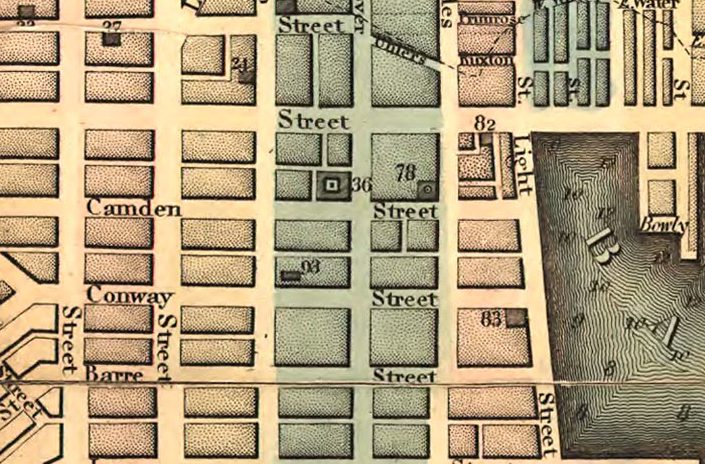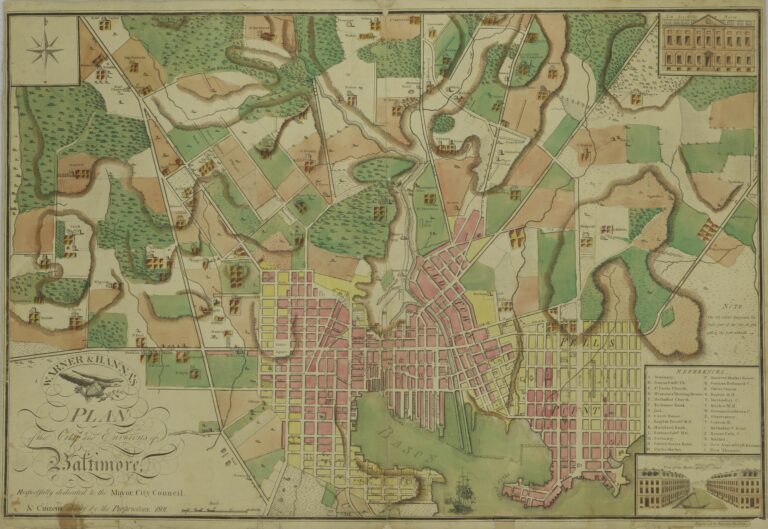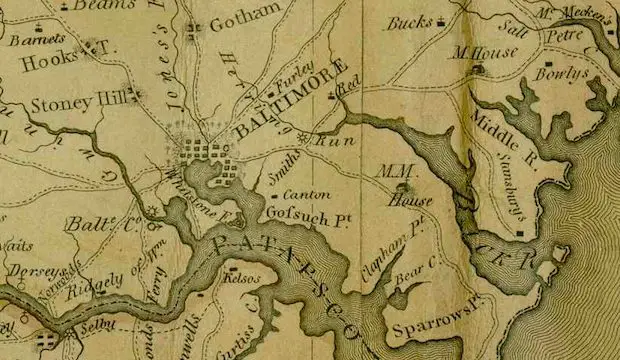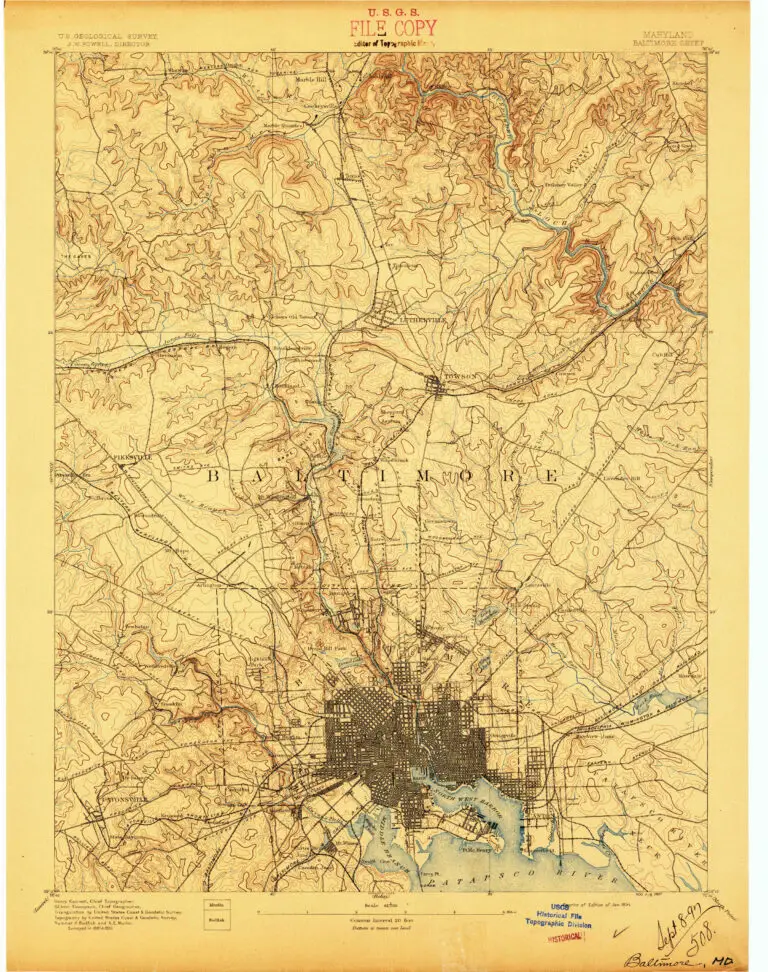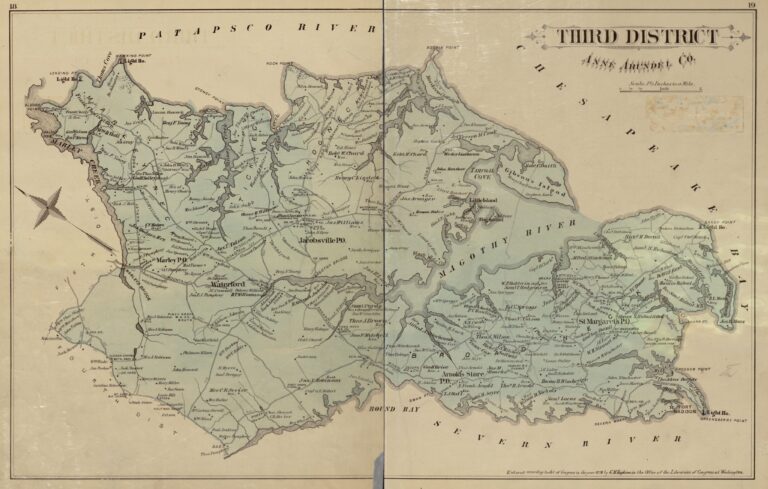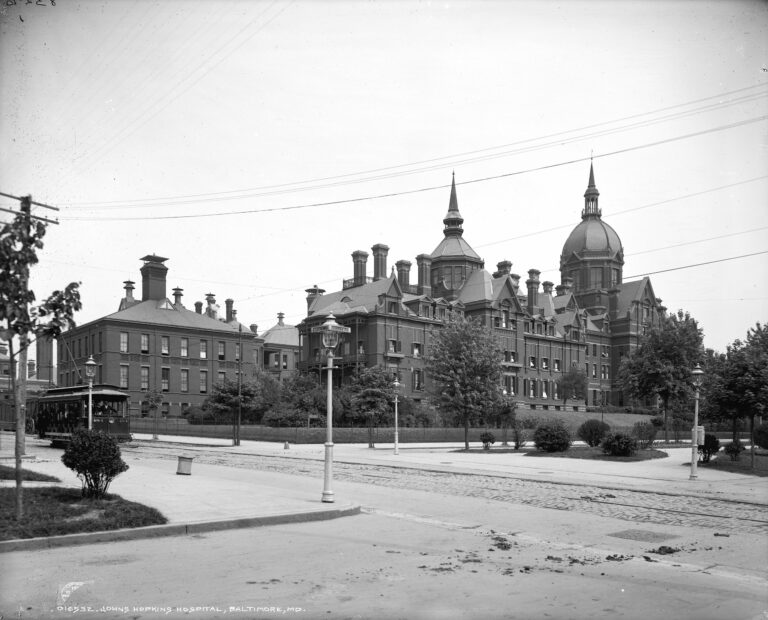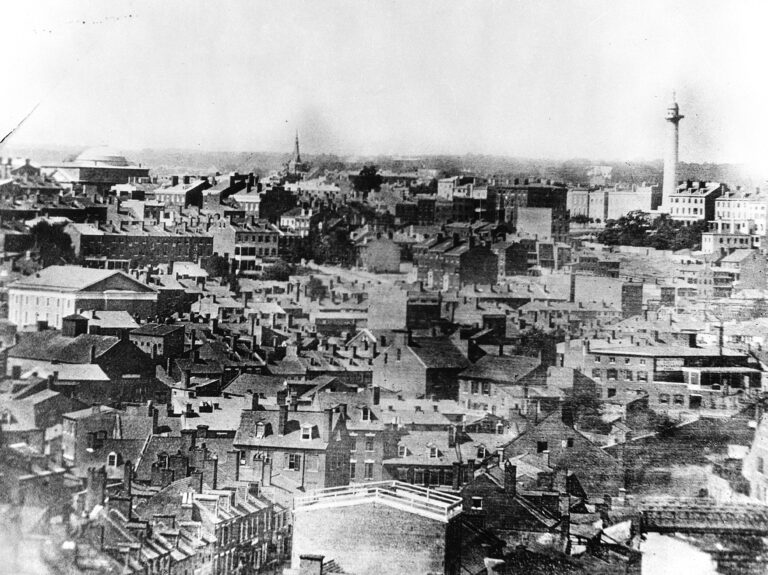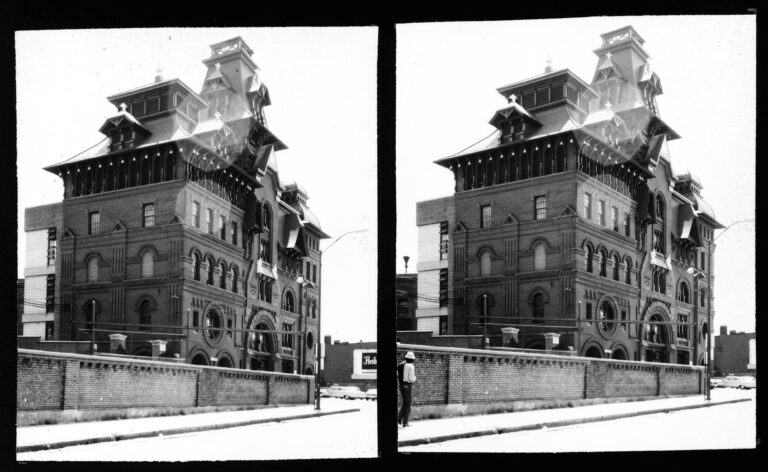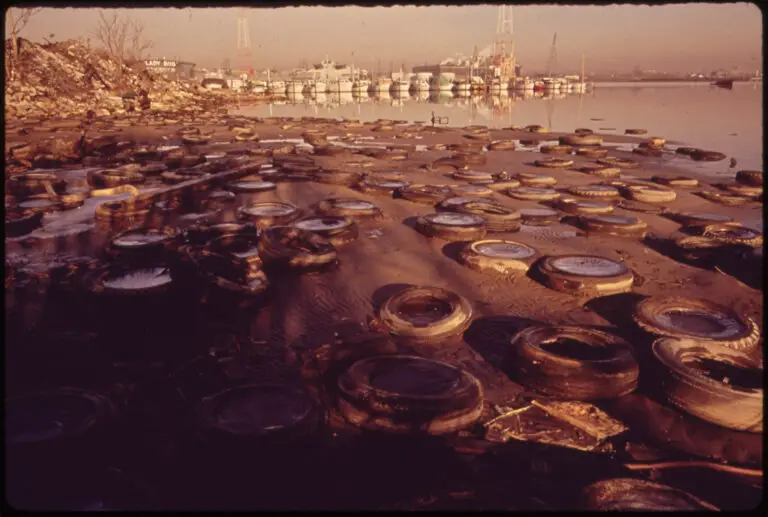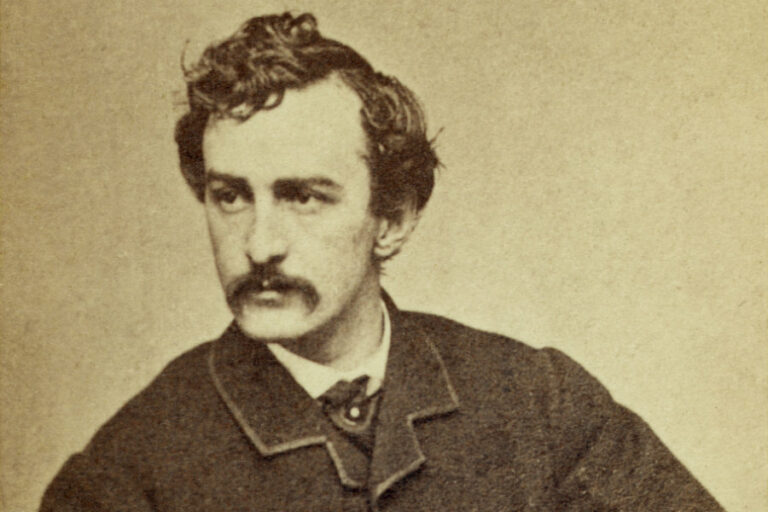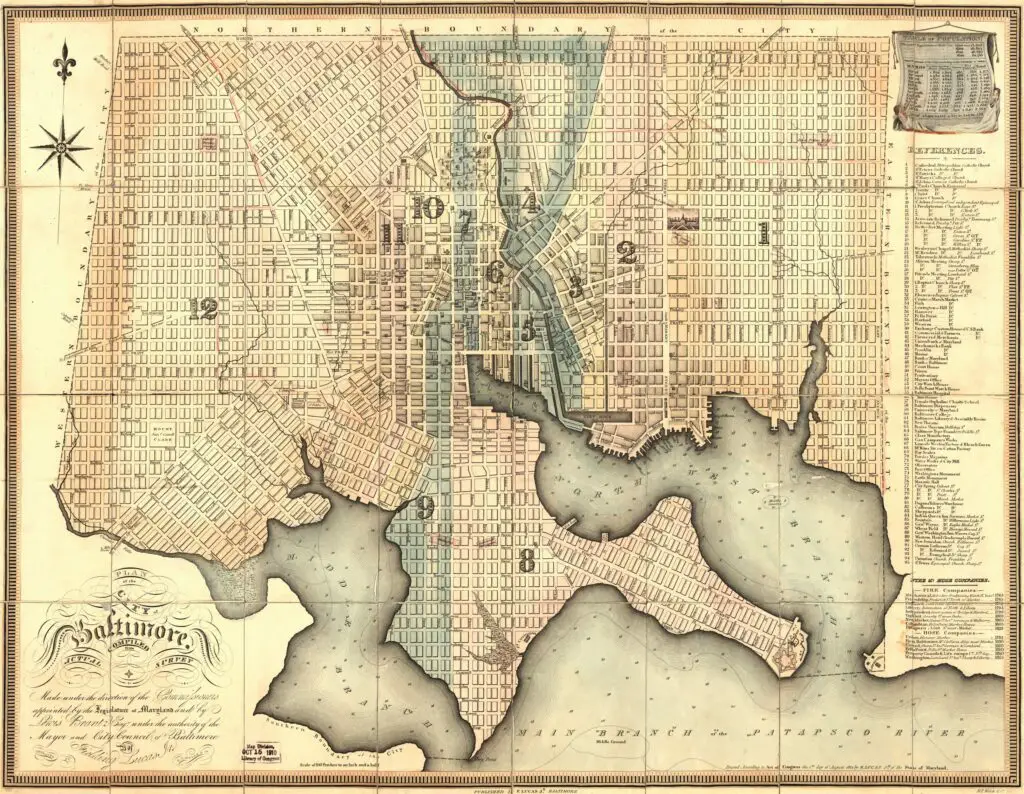
This is a fascinating old article that we came across in The Baltimore Sun. It was printed on July 26th, 1914 and we just have to share it with you.
The study of street names in any city involves in its broader sense of the study of the lives of the founders of the State and nation; for in no other form so personal does history perpetuate the records of those who laid the foundations of our country. The very existence of many men would be lost to posterity were not their names emblazoned on the great thoroughfares of some city.
-ad 107-Baltimore has had an interesting past and the names of her streets stand as milestones from era to era of her continued growth. The original streets were named in the charter of the town, but after 1729 the names of new streets which had been added were preserved merely by oral tradition. In those days it was no such difficult task to find one’s way about the town, and in all probability the streets were seldom called by name.
Here’s a bit of trivia that will blow you away.
In 1752 Baltimore had but 27 houses (this included the church and the two taverns), yet 50 years later the town had 130 streets, though some were indeed without a building and it was deemed necessary to publish a directory. Many of the new streets had never been formally named, but had come to be called after the persons who lived on them, or after owners of adjacent property. However, in 1796 a certain J. F. Walker undertook the publication of the first city directory. To facilitate the completion of this work the city forced the owners of houses to make or purchase their house numbers and had name boards nailed to the corner houses. From that time on the streets were named as they were opened, and while the old names were very often changed, we are still able to trace thereby the different epochs in the history of the town.
Before we start to classify the different events and persons represented in the names of the streets it is necessary to give a brief account of the founding of Baltimore and show how the original streets were laid out.
-ad 108-
Only 27 houses! How quaint. A small mid-Atlantic town. The article continues.
Baltimore of today is composed of three towns–Baltimore, Jones’ Town, and Fell’s Point–and innumerable farms or estates. The names of two of these farms are perpetuated in the names of two avenues which were opened through them in later years–Mount Royal and Huntingdon. Some of the other estates, such as “Timber Beck,” patented by John Howard in 1668; “Ridgley’s Delight”; “Funn’s Lot,” the property of Col. John Eager Howard; “Gallow Barrow,” the property of C. Rogers; “Roger’s Inspection” and “Mountenay’s Neck,” patented by Alexander Mountenay in 1663, later the “Potter’s Field,” were either given by their public-spirited owners or purchased by the city authorities before the nineteenth century.
Of these three towns, Jones’ Town was the first settled, although it was incorporated a few years after Baltimore Town. It was named after Mr. David Jones, the first actual settler in Baltimore. He bought or claimed as an original settler 380 acres on the stream now called Jones’ Falls, and built his house on its north side, on Jones’ street (now Front street), in the year 1661. Jones Farm was laid out as Jones’ Town by an act of Assembly in 1732, the town at that time consisting of three streets, Pitt, French, and a cross street, Bridge. Jones’ Town has kept much of its former quaintness and most of the street names have remained unchanged, so that it is now familiarly spoken of as “Old Town.”
Below is the portion which will interest you about the founding of Baltimore. In total, it began with 60 acres of land.
On August 8, 1729, an act of Assembly was passed for erecting a town on the north side of the Patapsco river, in Baltimore county, and for laying out into lots 60 acres of land. This town was to be Baltimore. On the 1st day of December the seven commissioners bought the tract of 60 acres from Charles and Daniel Carroll. This land was part of the farm granted in 1666 to Thomas Cole … On the following 12th of January the town was laid off by the county surveyor in as asymmetrical a form as possible and divided into 60 nearly equal lots. It was bounded on the west by a deep gully and by the great Eastern road; on the north by the clay hills of Charles and Saratoga streets … When one considers the narrow natural limits of hills, waters and marshes, one wonders how Baltimore grew as fast as she did.
The piece continues by discussing the original settlers and their desire to live along the water front.
The original settlers seem to have been much impressed by the advantages of the water lots and within the first three days all those along the basin had been bought. Mr. Carroll, the proprietor of the land, was given first choice and selected No. 49 on Calvert street, running down to the water, as the site for his brick dwelling, while Mr. Gist chose No. 48, the corresponding lot on the other side of the street.
The last of the three towns to be founded was Fells Point, for it was not until 1730 that one William Fell, a ship’s carpenter, bought the farm called Copus’ Harbor, and settled there. Quite a large colony grew up on the southeast outer basin, which was later called Fells Point. In 1745 an act of Assembly was passed incorporating Jones’ and Baltimore town into one, and in 1747 the low lands between the two were made a part of Baltimore and a new bridge across the falls was built; but not until 1773 did an Act of Assembly add Fells Point and its marshes to Baltimore.
The article continues by discussing the history behind many of the main street names in Baltimore.
The names of the first streets laid down in the city show, of course, the influence of the mother country on her colony. The settlers were all loyal subjects of King George II, and one way of proving their loyalty was to give the names and titles of the royal family or the royal house to some of their principal streets. For instance, there was King George street, King street, Queen street, Caroline street, Prince street, Hanover street and Cambridge, York, Gloucester, Exeter and Duke streets, while some historians feel sure that Frederick street is named for Frederick, Prince of Wales, the son of George II, rather than for Frederick, sixth and last Lord Baltimore.
The names of lord proprietors and the provincial Governors of Maryland were also among the first used. Calvert, the family name of the barons of Baltimore, was used for one of the original streets while Long street and Forrest street, which are the two longest and most important streets, dividing the city into North, South, East, and West, were renamed in 1799, Baltimore and Charles, after Charles Calvert, fifth Lord Baltimore. There is also a Harford street and a Harford road named after Sir Henry Harford, the last proprietor, who was forced to give up his claims during the revolution. Harford appointed Governor Eden in 1769, but when war broke out between the Colonists and England the Governor was forced to flee for his life. Both Eden and his predecessor, Horatio Sharpe, who was active in the French and Indian War, are remembered in the named of old streets, although Sharpe street has lost its “e” and with it much of its identity.
And there you have it. A terrific old article about the history of Baltimore street names.
